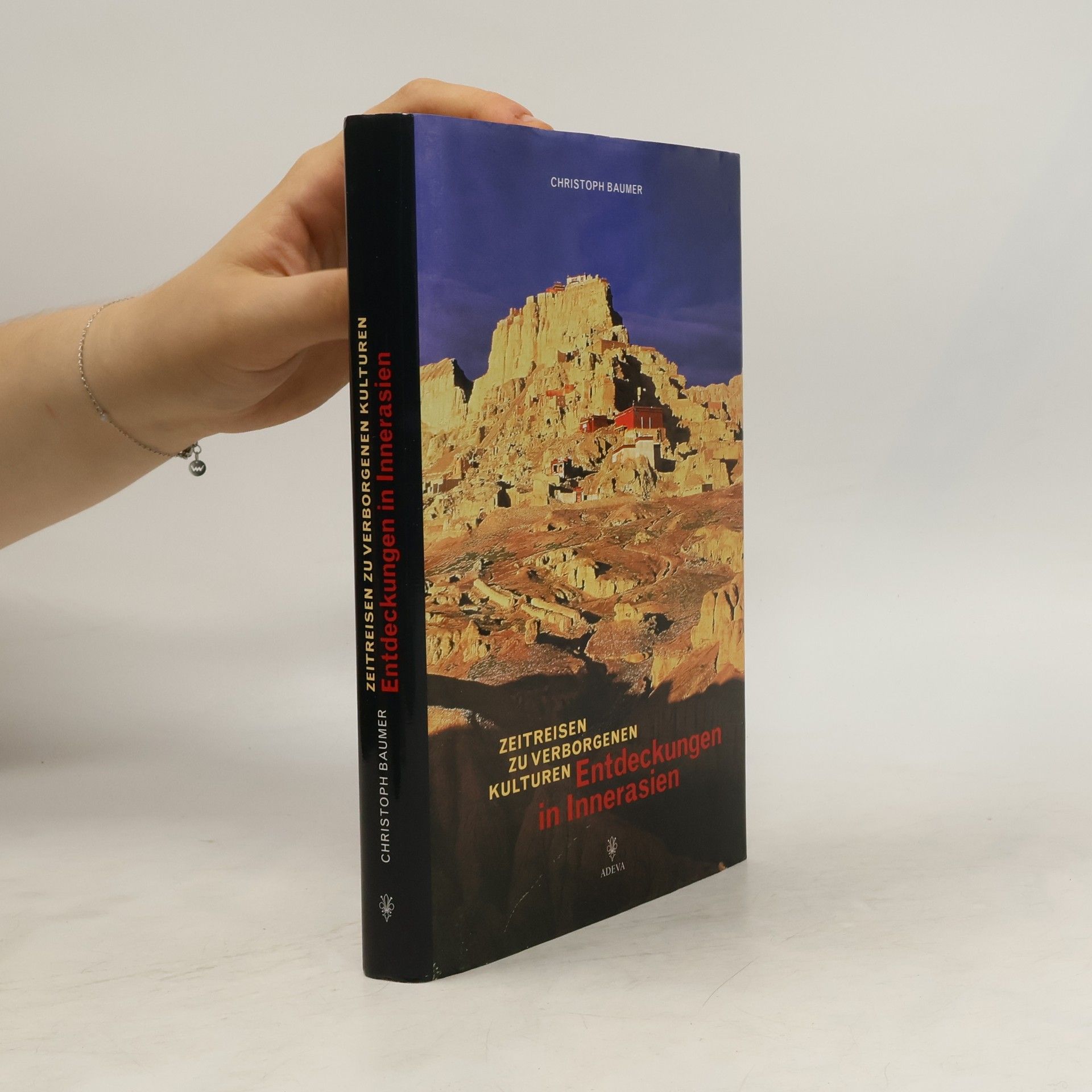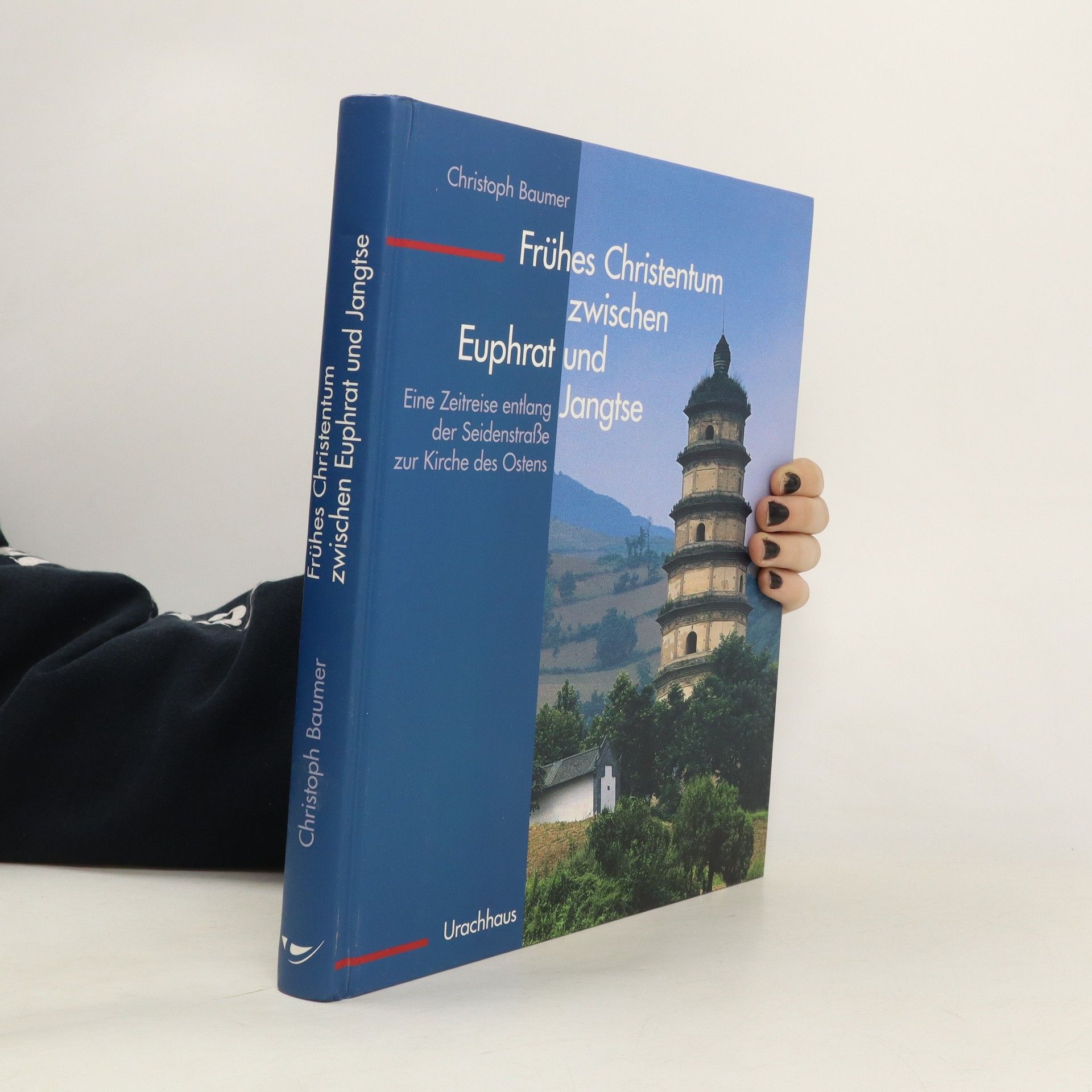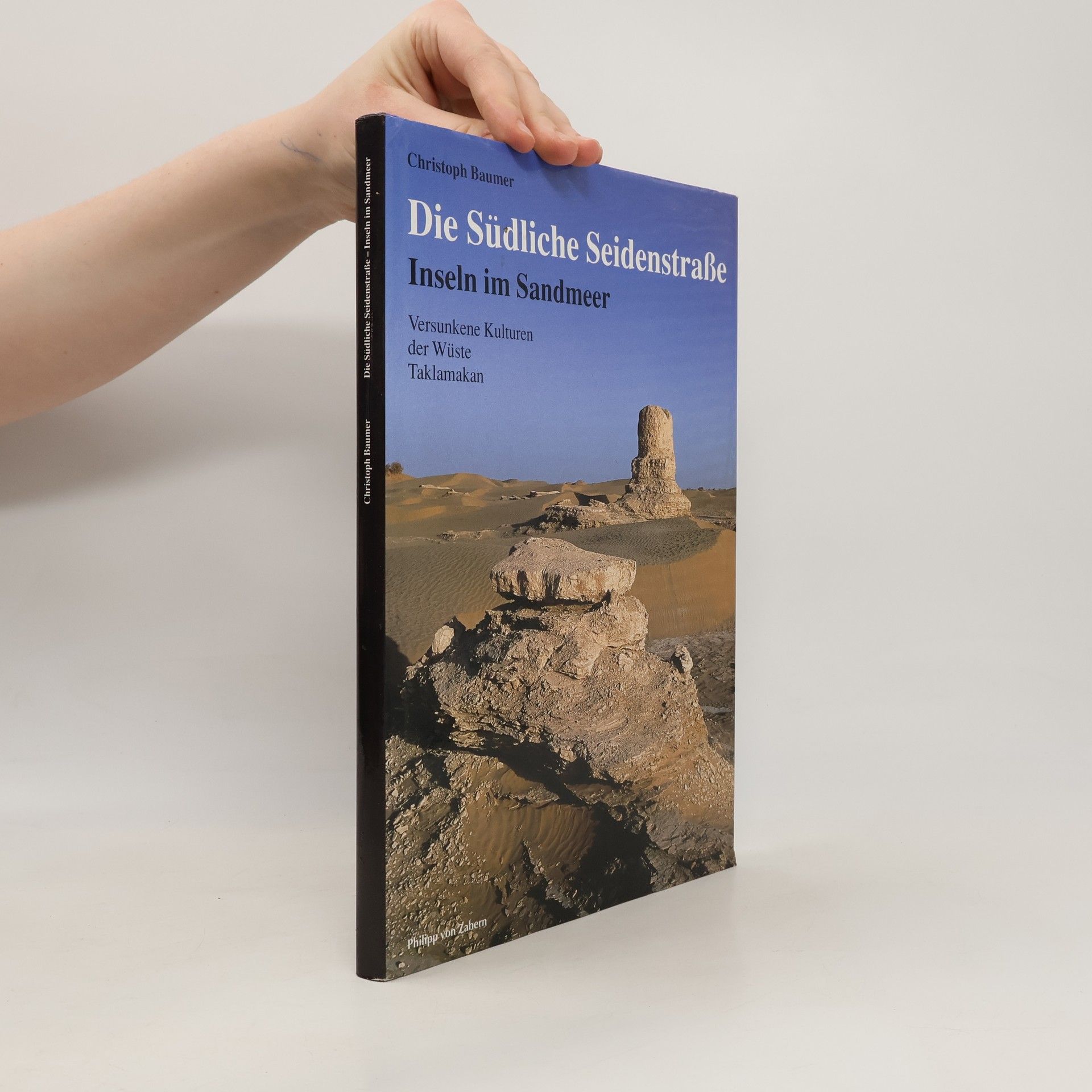The History of Central Asia
The Age of Islam and the Mongols
The narrative delves into Central Asia's pivotal role as a political and cultural hub from the ninth to the fifteenth centuries, highlighting the rise of Islam and the establishment of influential dynasties like the Seljuks and Ghaznavids. It examines the impact of Genghiz Khan's conquests between 1219 and 1260, which, despite their brutality, fostered increased trade and cultural exchange between Central Asia and Western Europe, marking a transformative period in global history. The volume is richly illustrated, enhancing its historical exploration.



